How To Split Heuchera: 6 Easy Steps To Multiply Your Plants!
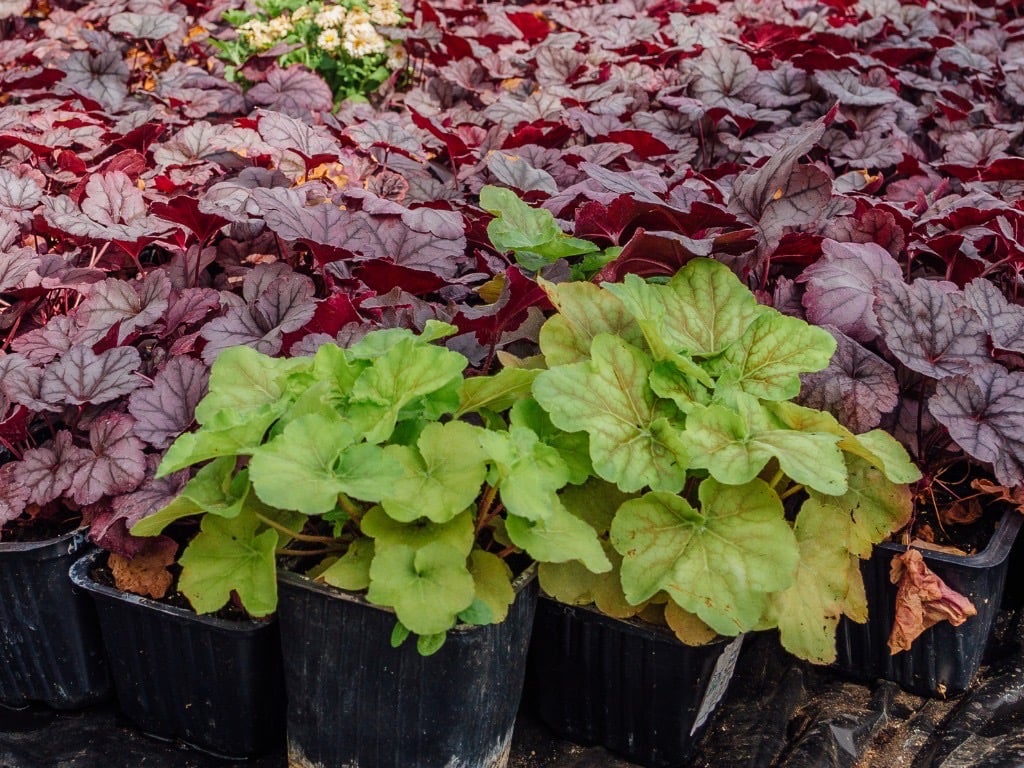
Table of Contents
Heuchera or coral bells are well-loved perennials with beautiful foliage and bright blooms. Heuchera is popular among gardeners for its beauty and versatility; it can survive in various climates and soil types. Heuchera propagation via division is an excellent method to consider if you want to add to your heuchera collection or give these fascinating plants to friends and family.
Heuchera division is an enjoyable gardening activity for novice and seasoned green thumbs alike. You may observe these extraordinary plants’ tenacity and versatility while adding to your plant collection. Now is the time to learn how to divide Heuchera and spread these lovely perennials far and wide. Heuchera can be easily propagated through division, producing more robust plants.
In just six simple stages, this tutorial will teach you everything you need to know to begin your heuchera propagationconfidently.
Step 1: Determining When to Divide
When dividing heuchera plants, timing is critical. Divining plants at the proper time of year is crucial to give them the best chance of re-rooting and flourishing. Heuchera is best divided in the early spring or late summer when the weather is mild and the plant is dormant.
Divining Heuchera in the spring gives the new plants a head start on the growing season. The divisions will have plenty of time to set down roots and adapt to their new environments if they form before the plant enters its active development phase. Plants benefit from improved moisture availability and colder temperatures that encourage root development when you divide them in early spring.
However, late summer division can also be fruitful. At this time of year, most heuchera plants have completed their primary growth cycle and are entering a dormant phase. If you divide them now, each new section will have time to take root before winter. They can take full advantage of the ideal growing circumstances the following spring with a head start from the previous fall.
Make sure your heuchera plants are well-hydrated before attempting to divide them. Water them well a day or two before scheduling the division to prevent them from becoming waterlogged. This setup lessens the division process’s strain on the plants, allowing a smoother transition into the divided stage.
Step 2: Get the Division Site Ready
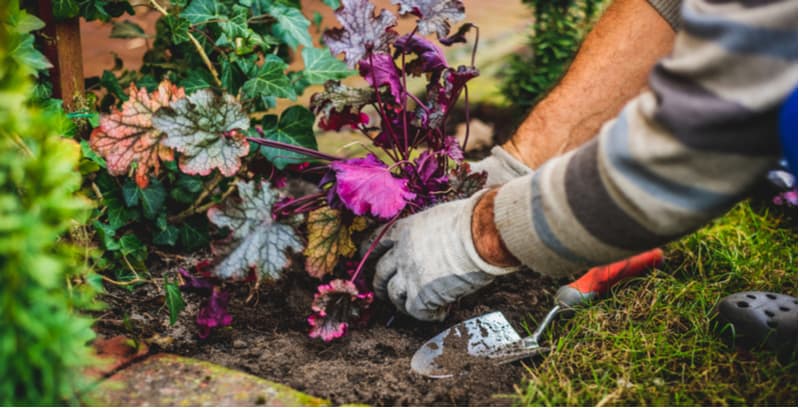
For the newly divided heuchera plants to grow, it is crucial to get the division site ready. When you adequately prepare the location, the odds of sound heuchera propagation and long-term growth increase. Here are the most important things to do before dividing your heuchera plants:
Choosing the Spot
Heuchera plants do well in dappled shade to full sun. Look for a spot in the garden with early sun and afternoon shade to use as the division site. Avoid shady areas if you want robust growth and plenty of blooms.
Get Rid of the Junk and Weeds
It is essential to prepare the divided site by removing any rocks, weeds, or other trash. Weeds can stunt Heuchera since they compete for the same nutrients. Carefully clear the area of any unwanted vegetation without damaging the soil or other plants.
Cultivating The Ground
Heuchera plants thrive in rich, well-drained soil. Organic matter, such as compost or well-rotted manure, should be worked into the soil at the division site before performing the division. It boosts the soil’s fertility, improves its structure, and increases its ability to retain rainwater while maintaining adequate drainage. Prepare a nutrient-rich planting bed for the new seedlings by working the organic matter into the top few inches of soil.
pH Range
The ideal soil pH for heuchera plants is 6.0 to 7.0, slightly acidic to neutral. Determine the soil pH using a pH metre at the proposed division site with a soil test. You can increase the soil pH by applying lime in the prescribed amount if it is below 6.0. If the pH is higher than 7.0, on the other hand, adding some elemental sulphur will bring it down. Changing the pH makes it so that heuchera plants can make the most of the nutrients they take in.
Drainage
Waterlogging can cause root rot and other problems for Heuchera plants. Therefore soil with good drainage is ideal. Determine how well the division site drains naturally. Add coarse sand or perlite to the soil if it is heavy and compacts easily or if it tends to become waterlogged. It helps to make sure the newly divided plants have adequate drainage.
Step 3: Digging up The Plant
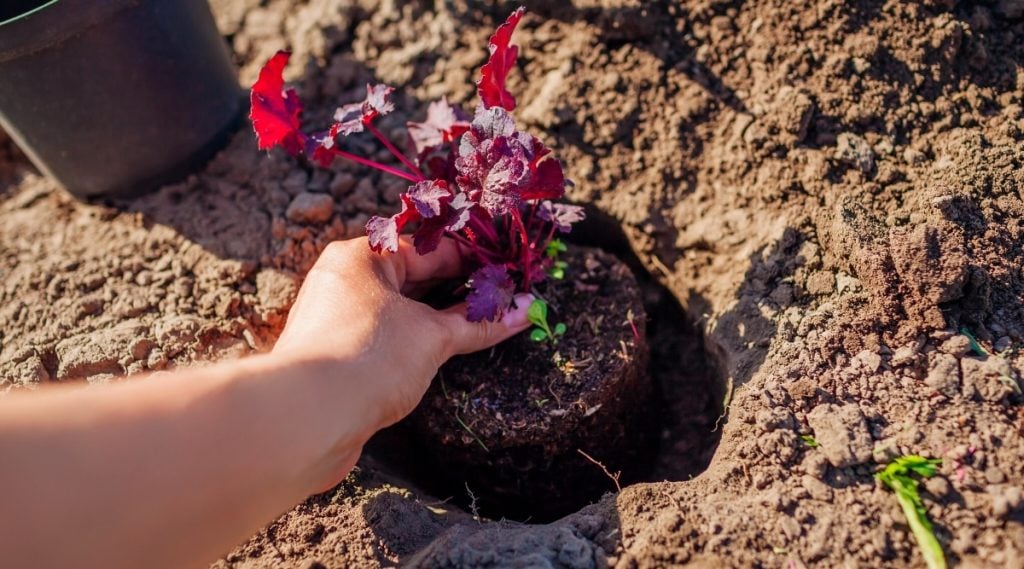
Dig up the heuchera plant gently once you’ve chosen the best time for division and prepared the division location. The plant’s roots and crown are vulnerable at this stage; therefore, don’t damage them.
Break up The Ground
First, use a spade or garden fork to loosen the soil surrounding the plant. Starting outside the plant, work your way inward toward the centre. Carefully push the instrument into the dirt and gently raise it to separate the roots. Avoid stressing the plant too much by not disturbing the roots too much.
Rouse the Plant
You can remove the plant from the ground after loosening the dirt surrounding it. Carefully pick up the plant by its stem with one hand while supporting its base with the other. Take care not to yank or squeeze too hard since this could cause harm. Raise the plant by its roots and get as much of the root system as possible.
Check the Roots and Crown
When you’ve dug the plant out of the ground, examine its crown and roots. Find places on the plant with divisions or where you can make clean cuts. Separating what appear to be bunches or shoots into individual plants is possible. Each new portion must have its own thriving roots and foliage after being divided.
Step 4: Division of The Plant
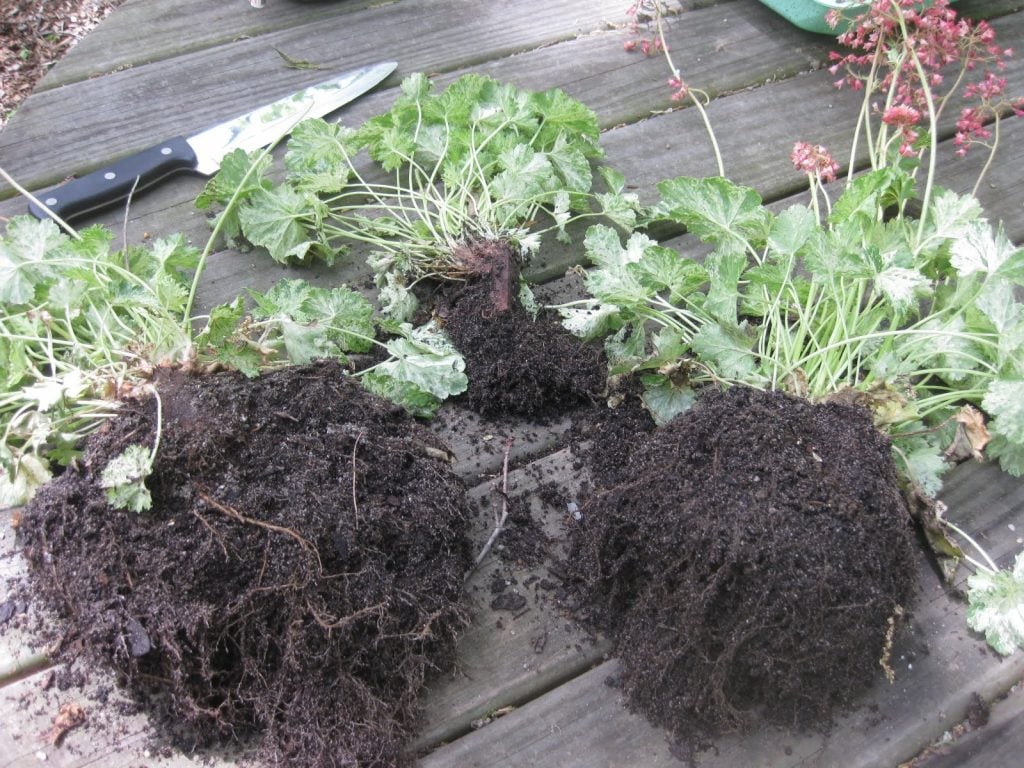
The procedure of heuchera propagation requires dividing the heuchera plant. The process entails cutting the plant into portions, each with its own thriving roots and leaves. Proper plant division increases the likelihood that each piece will survive and mature into a healthy plant.
Root System Evaluation
Check out the heuchera plant’s roots first thing after you’ve dug it up. Try to locate the plant’s natural divisions or points of easy dissection. These sub-divisions may appear as separate groups of stems and roots. Three to five healthy shoots per division are ideal, encouraging rapid growth.
Parting the Head from the Body
Once you locate the natural divisions, the plant’s crown and roots can be severed using a clean, sharp knife or a pair of garden shears. Cut cleanly so the divisions heal quickly and develop robust root systems. Ensure each sub-group is large enough to function independently and take your time with the project.
Getting Rid of Unwanted Branches and Roots
When you divide the plant, some areas may have too much foliage or too many roots. Remove part of the outer leaves off the plant to allow the newly separated sections to grow. It helps the plant conserve water and put effort into growing its roots. Similarly, if the roots are too lengthy, you can encourage new root growth by giving them a gentle cut.
Care for Accidental Cuts
Minor root and crown damage is joint when dividing heuchera plants. Treat the wounds with a fungicidal powder or a natural product like cinnamon, which has antifungal characteristics, to reduce the risk of infection or disease. To prevent the spread of disease, apply a thin treatment layer to the cut regions.
Classifying and Storing Subgroups
It is crucial to name each portion of the heuchera plant as you cut it. Mark the heuchera plants with small labels or plant markers that include the name and division date. You can use this to monitor the development of each department over time. Keep the cuttings moist but not soggy in an excellent, dark spot if you won’t plant them immediately.
Step 5: Transplanting the Cuttings
Properly replanting heuchera divisions is essential for their survival and development after division. If you want your newly divided plants to thrive, give them the following care:
Separate Holes
Dig separate holes for each Heuchera cutting in the prepared division site. The holes should be comprehensive without crowding or twisting the roots. Each department needs plenty of room to flourish.
Divisional Placement
Set each piece into its designated hole with the crown (where the stems meet the roots) flush with the soil’s surface. Problems with development and health might result from burying or exposing the crown below or above the soil level, respectively.
Backfilling and Compaction of the Soil
When finished, use the soil removed during the digging process to fill the hole surrounding the roots carefully. Take special care to fill in the spaces around the roots, ensuring no voids or spaces for air to accumulate. To provide stability and support for the divisions, gently but solidly firm the soil around the roots.
Step 6: Care for The Newly Divided Heuchera
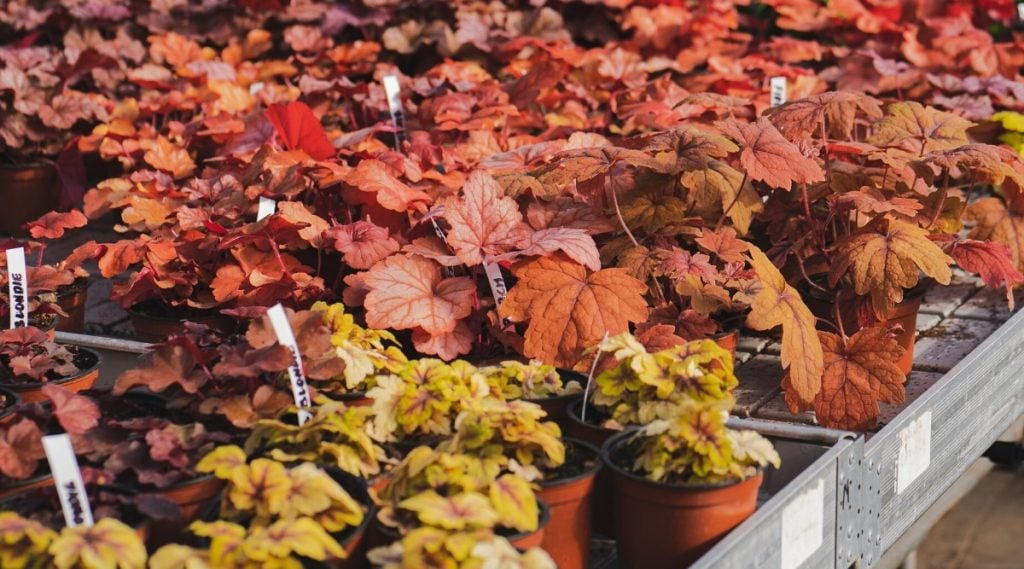
After the heuchera plants have been divided and transplanted, it is essential to provide the necessary care to ensure they will establish themselves successfully and continue to thrive. The following are some essential guidelines to follow regarding care:
Watering
It is imperative to provide the divisions with sufficient water to form robust root systems. In the immediate aftermath after planting, thoroughly water the divisions to help the soil settle and eliminate any air pockets that may have formed around the roots. Keep a vigilant watch on the dampness level of the soil in the coming weeks, and rinse it solely when it starts to sense arid to the touch. Heuchera flourishes in soil with decent drainage; hence refrain from over-saturating the flora.
Mulching
Once you have separated the heuchera flora, spread an organic layer of mulch around the bottom of each plant. Mulch aids in retaining soil moisture, suppressing weed growth, and reducing soil temperature. To prevent moisture deficiency issues, choose mulch composed of wood chips, straw, or compost, and distribute it thinly, leaving a small space around the plant’s base.
Lighting Options
Depending on the variety, heuchera plants are capable of withstanding varying degrees of shade from filtered light to total sun exposure. Be mindful of how much sunlight each area of your garden receives and plant the divisions accordingly. Leaves will be scorched if exposed to direct sunlight during the warmest parts of the day. Ensure they get plenty of light, which will help them flourish and have colourful leaves.
Fertilisation
In general, Heuchera plants don’t need a lot of fertiliser. However, a slow-release balanced fertiliser used in the spring can provide a nutrient boost for the splits. Rates and frequencies of application should be used as specified by the manufacturer. To further enrich the soil and encourage healthy growth, you can top dress the soil around the plants frequently with compost or well-rotted organic waste.
Managing Pests and Illnesses
While heuchera plants are pest and disease resistant, it is still vital to watch. Look for pests like aphids and snails, and treat the plants as needed if you see any. Powdery mildew and root rot are just two diseases requiring quick action with fungicides or other treatments.
Maintenance
Newly divided heuchera plants require consistent care while they recover from division. Prune off any yellowed or damaged leaves to keep the plant healthy and beautiful. You may avoid overcrowding and encourage rapid growth by dividing the plants every three to five years.
Summing It Up
One can easily and fruitfully achieve heuchera propagation through division, allowing gardeners to add more of these showy plants to their landscapes. This in-depth article will show how to divide Heuchera into healthy, self-sustaining new plants into six easy stages.
If you divide your Heuchera in the early spring or late summer, you’ll allow the new plants plenty of time to establish their roots before the onset of harsh weather. Properly preparing the division site by removing weeds, adding nutrients to the soil, and maximising available light will allow the plants to flourish after being transplanted.
Following these guidelines, you can quickly propagate Heuchera by division and spread their brilliant beauty across your yard. You can grow more Heuchera or give them as gifts to other gardeners if you’re patient and give them enough attention.

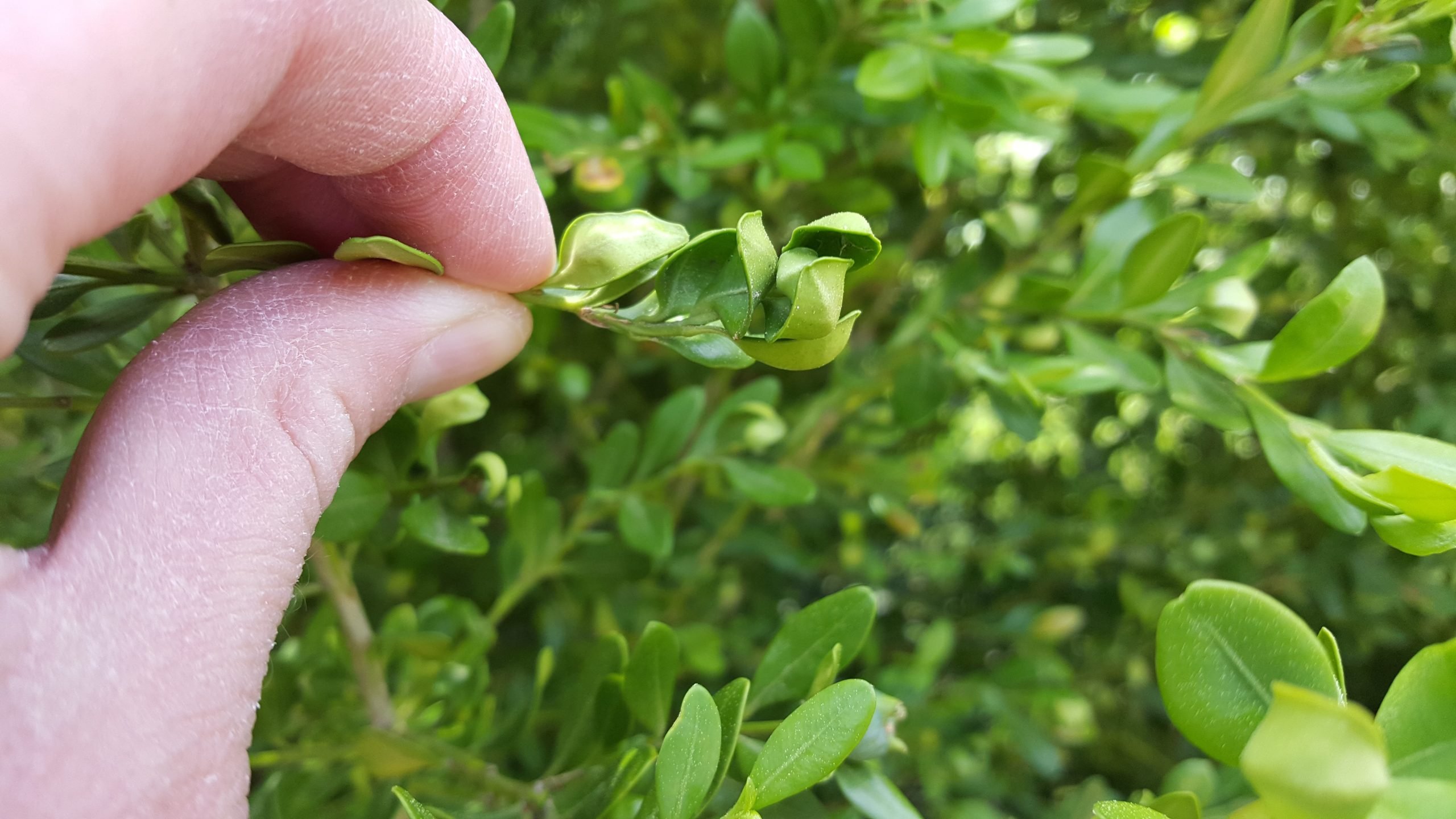
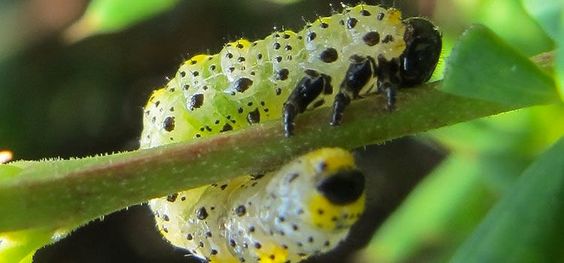
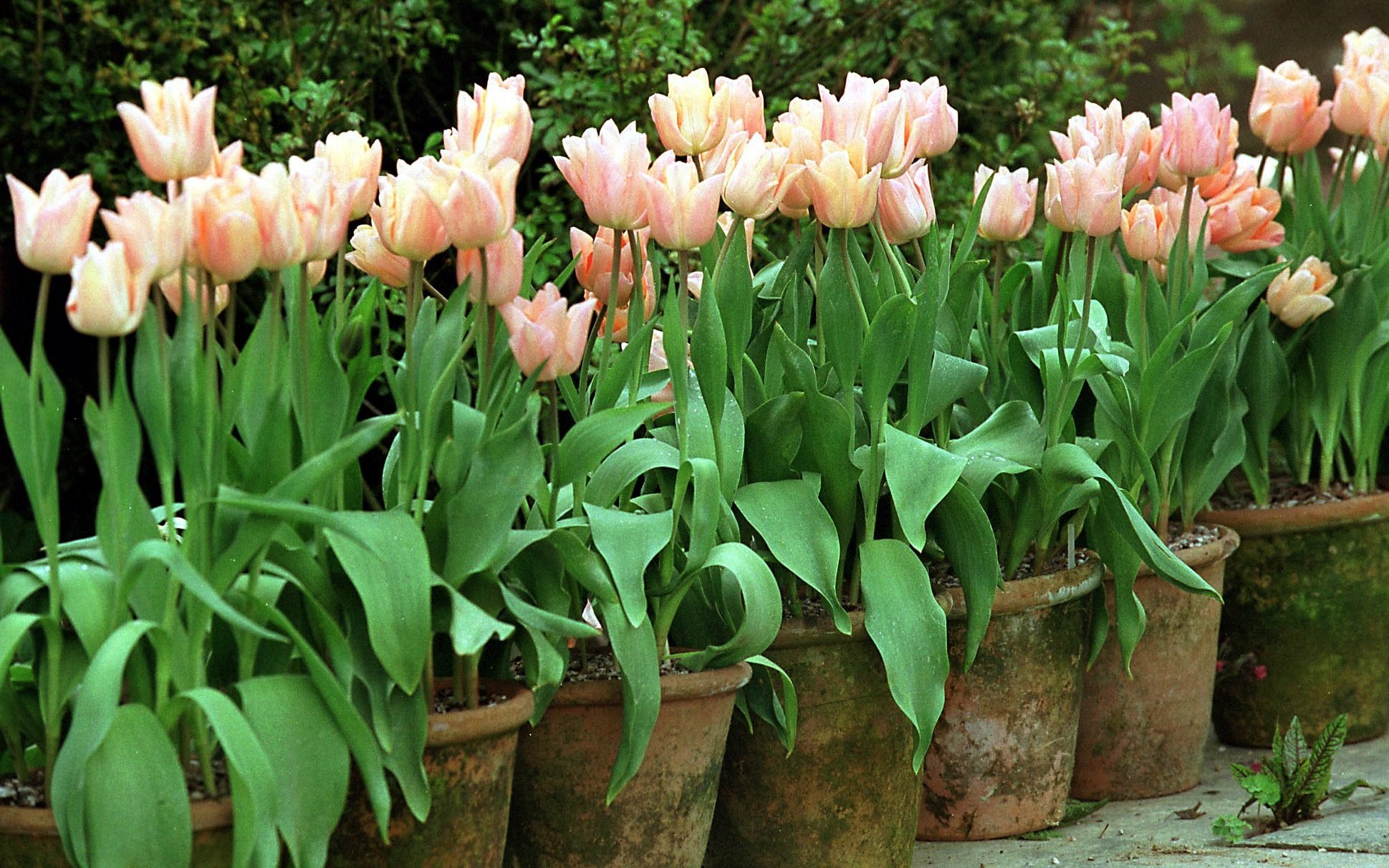
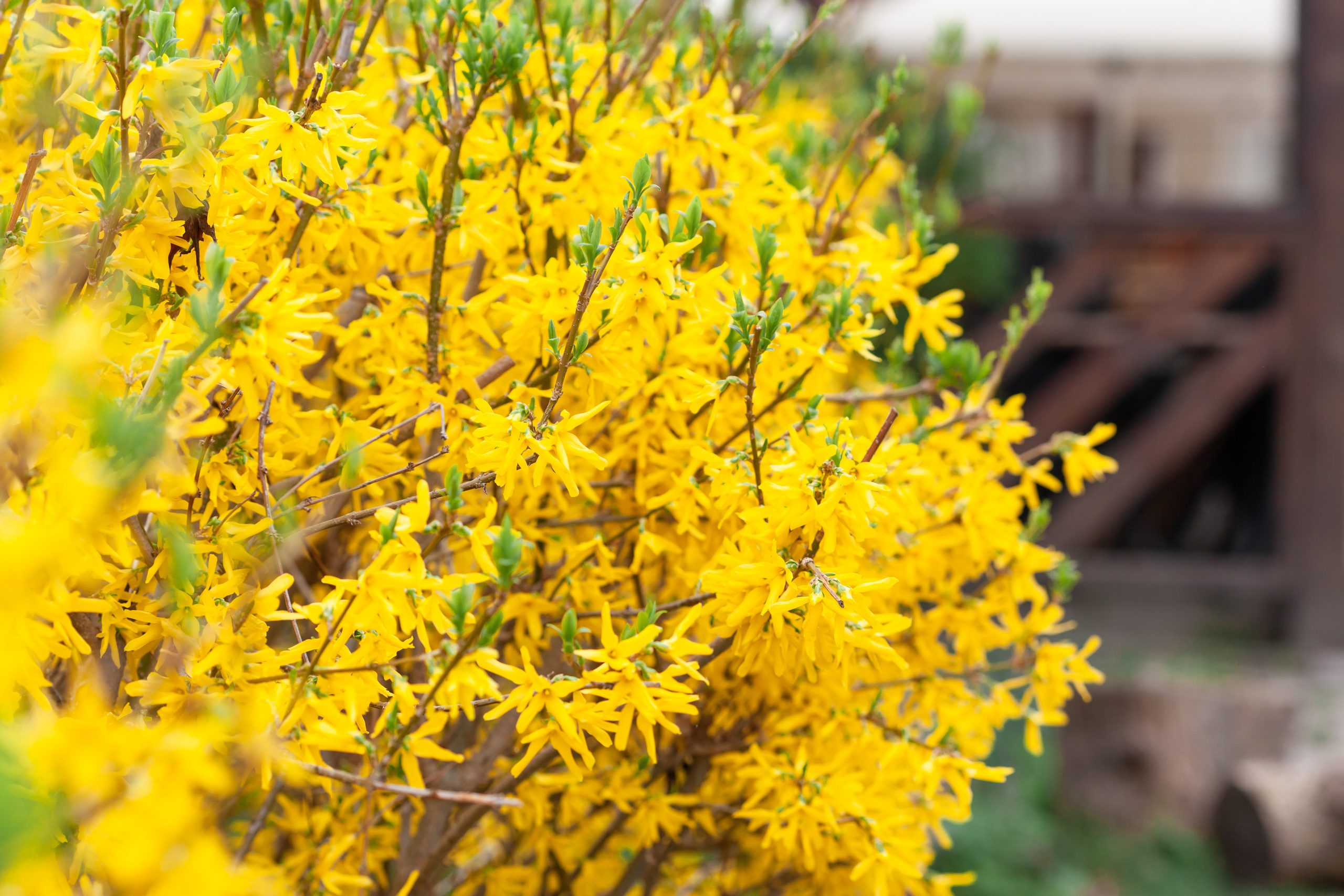

![Learn to Propagate Ceanothus from Cuttings [2 Easy Methods]](https://staging.thearches.co.uk/wp-content/uploads/How-To-Propagate-Ceanothus-From-Cuttings.jpg)